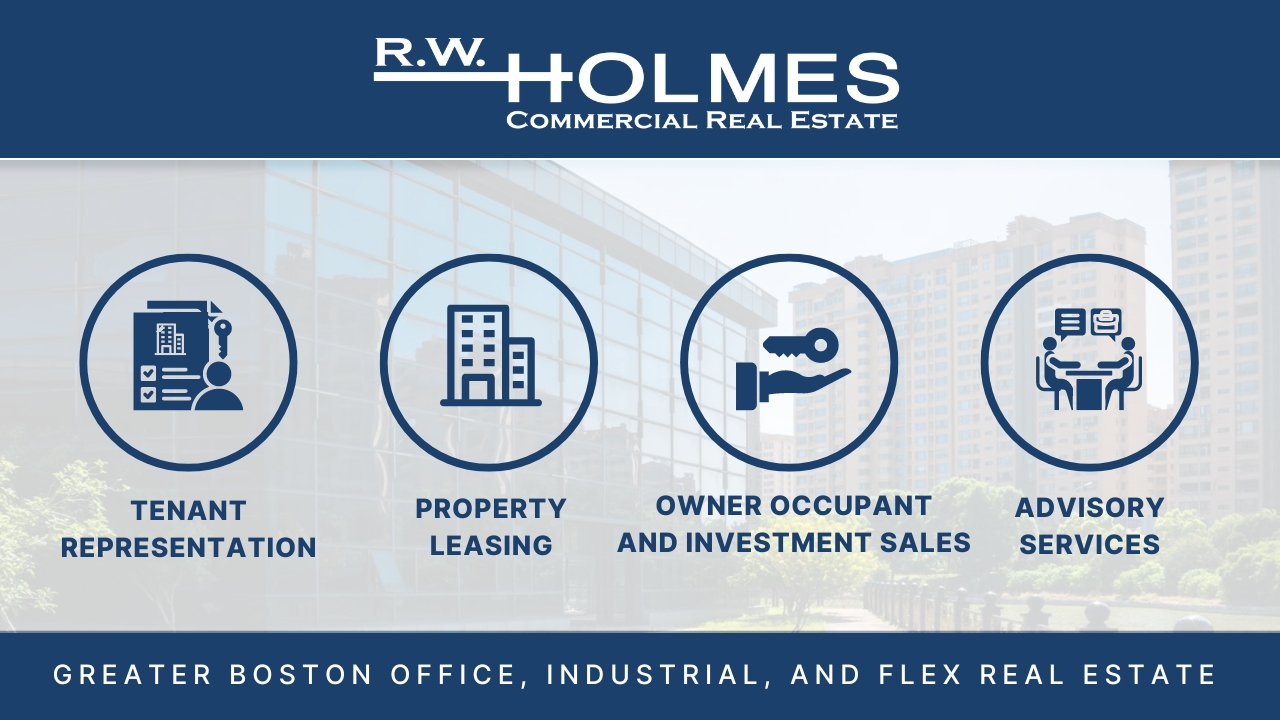CBRE’s annual survey finds hybrid work has changed how employees work when they are in the office, and companies across industries are taking different approaches to adapting their office space
Last year 90% of companies offered some level of hybrid work, according to a new survey from CBRE. The adoption of hybrid work is driving companies to lease less space and redesign their offices to be more effective for employees, with space changes varying by industry.
The annual survey, conducted by CBRE, reflects workplace and occupancy insights from 66 CBRE clients that own or occupy almost 350 million sq. ft. of office space across around the world.
Because of hybrid work, employees are more likely to share space or use different work environments for collaboration or focused work when they come into the office. Therefore, organizations are prioritizing shared space over private workspace to make the office more effective.
Survey respondents have increased collaborative, “we” space to 20% of their office square footage in 2023 from 14% in 2021. Such collaborative space can include conference and meeting rooms but also lounges with communal couches for trainings or other social events.
In turn, companies have downsized private, “me” space to 45% in 2023 from 56% in 2021. Private space often entails private offices and assigned workstations.
“The demand for office space is no longer driven by the number of employees a company has,” said Susan Wasmund, CBRE’s Global Leader of Occupancy Management. “Instead, it’s driven by a combination of office policies and employee behaviors, which is why corporate real estate leaders are so focused on understanding office attendance and how the space is being used.”
Companies are redesigning their office space to specific industry needs. For example, respondents from Financial & Professional Services companies said 13% of their office space is dedicated to amenities – a 120% increase since 2021. Meanwhile, respondents from Industrial & Logistics and Life Sciences companies increased collaboration space to 20% and 30%, respectively, of their total office space, representing increases of 121% and 63% from 2021.
“New workplace designs focus on balancing the flexible use of space while creating a great destination. This means providing more choice to employees, but also providing better means to socialize and collaborate in the office. This desire is clear in our research,” said Lenny Beaudoin, CBRE’S Global Leader of Workplace Strategy. “Companies can create a more positive and productive working environment for employees and their business by designing their office spaces to incorporate these trends.”
In 2024, CBRE expects companies to continue increasing space sharing, which allows more people to be assigned to an office location. Along the same lines, companies will likely dispose of space that’s not being used effectively to ensure the office supports both business and people goals.
Other insights from the report:
- Most companies (76%) indicated that investing in technology is their top strategy for supporting hybrid work.
- Tracking security-badge swipes (96%) is the leading method for monitoring if office space is being used effectively.
- Companies ranked their top portfolio-optimization strategies as increasing space sharing (82%), disposing of underused space (75%) and accommodating headcount growth in their existing office space (67%).




















